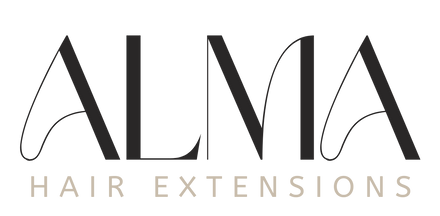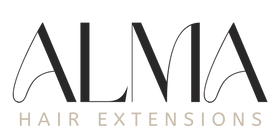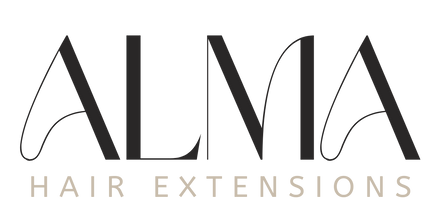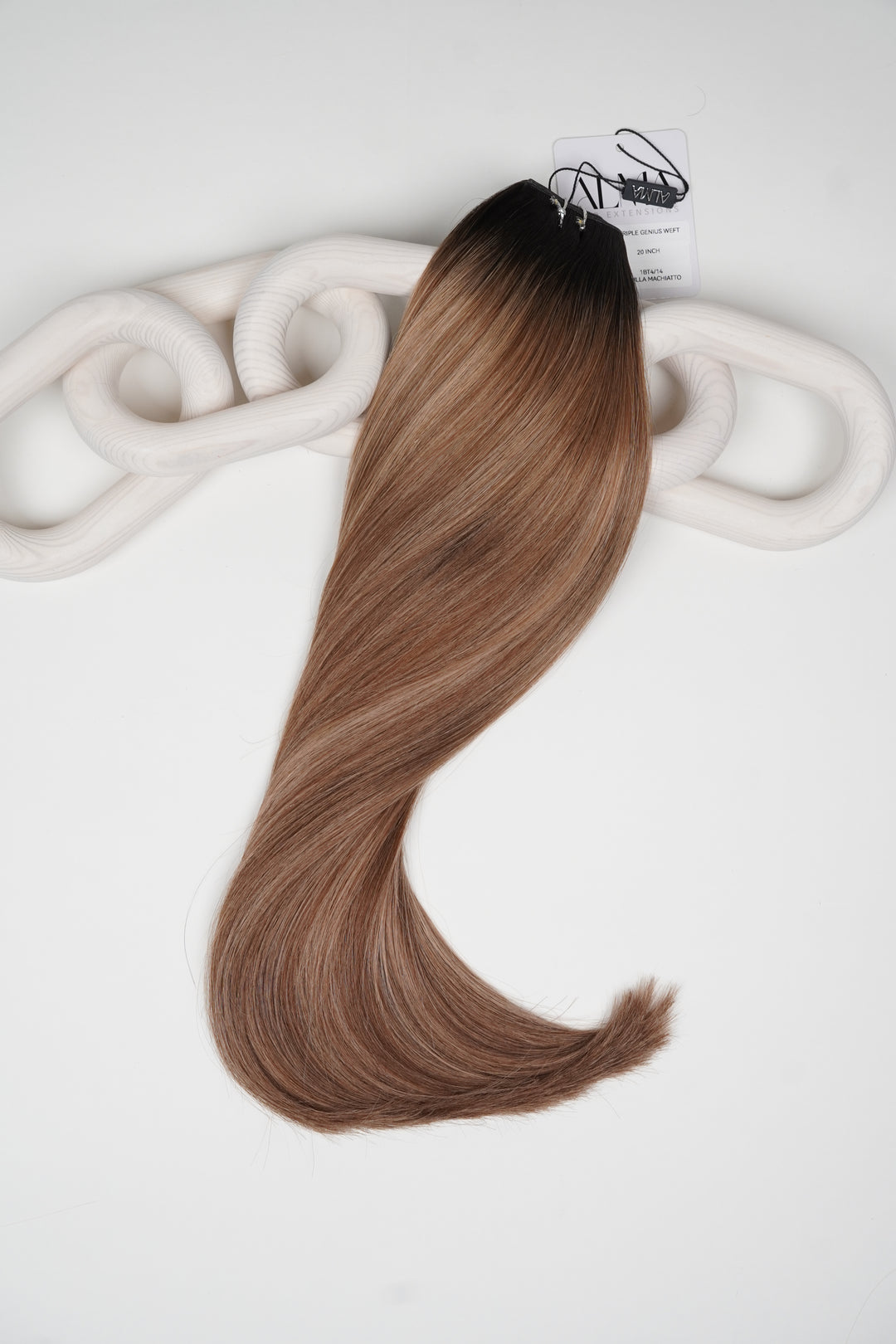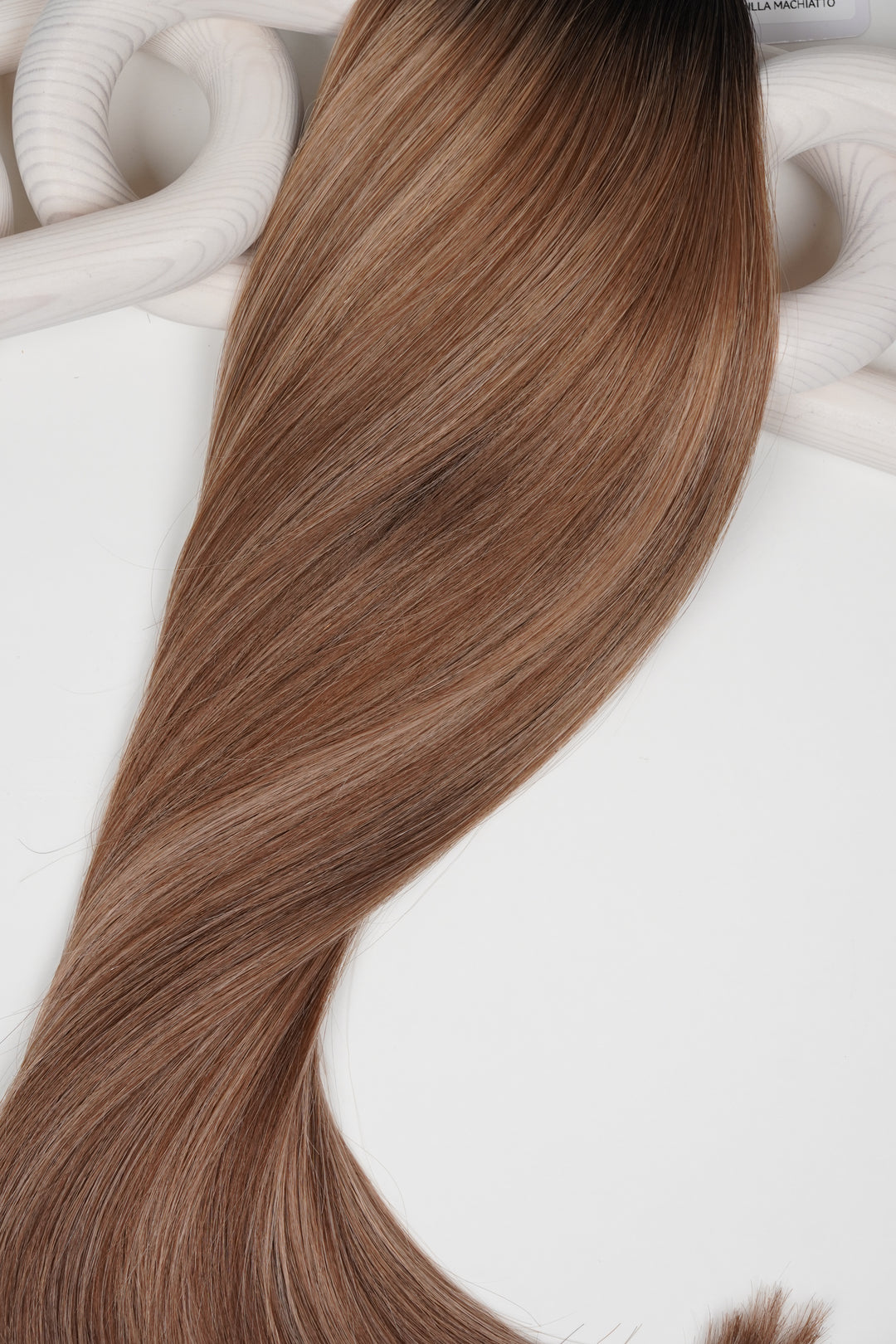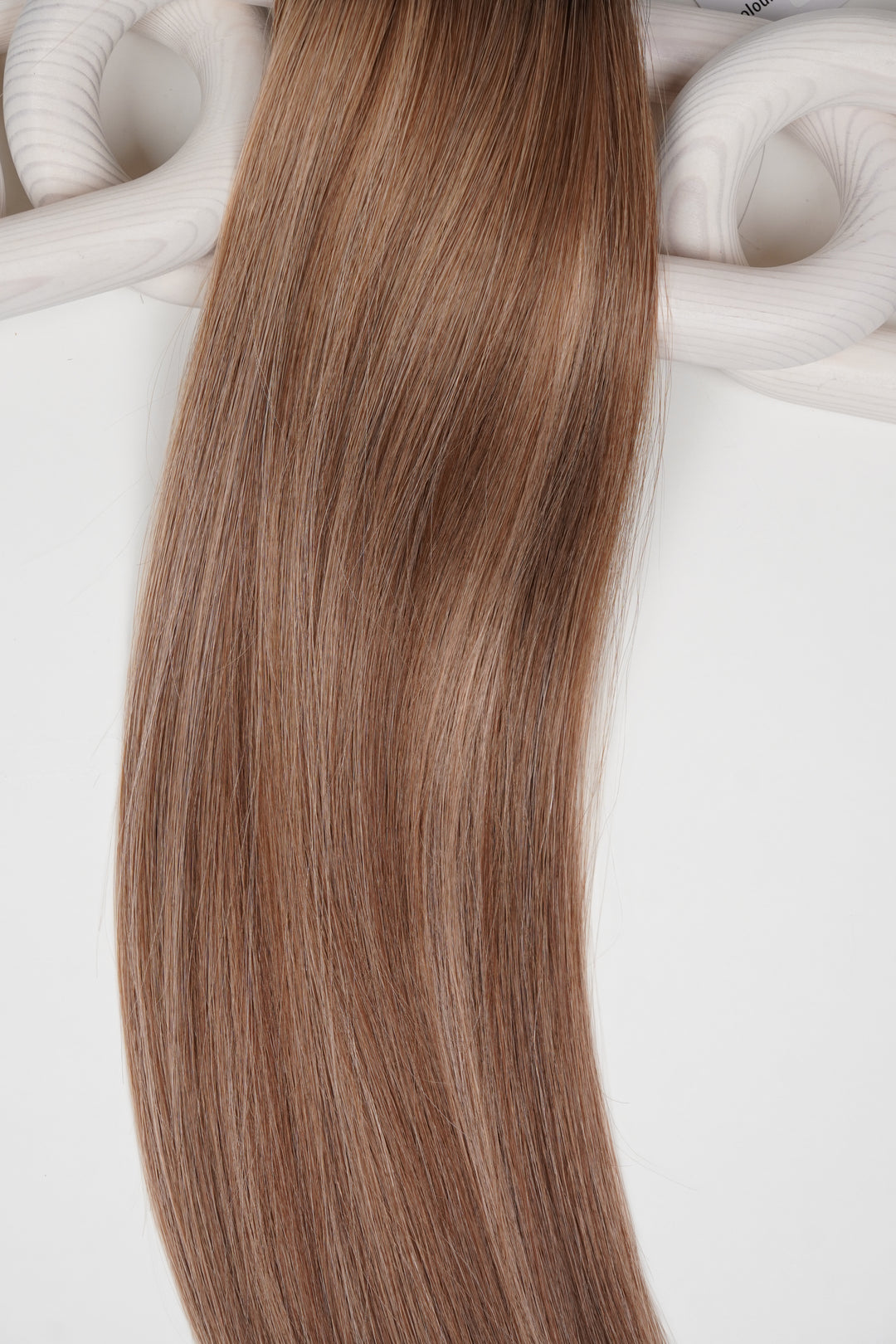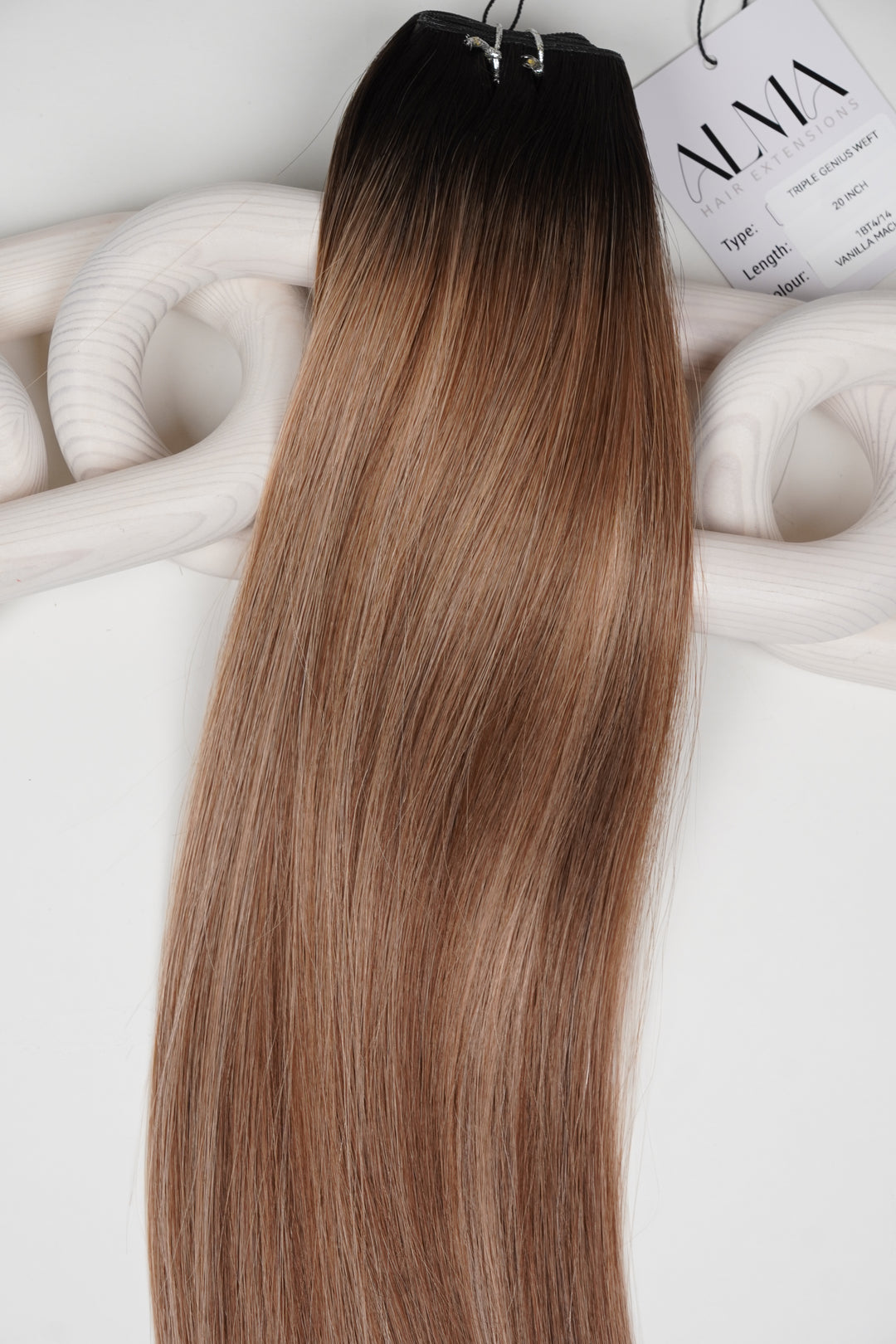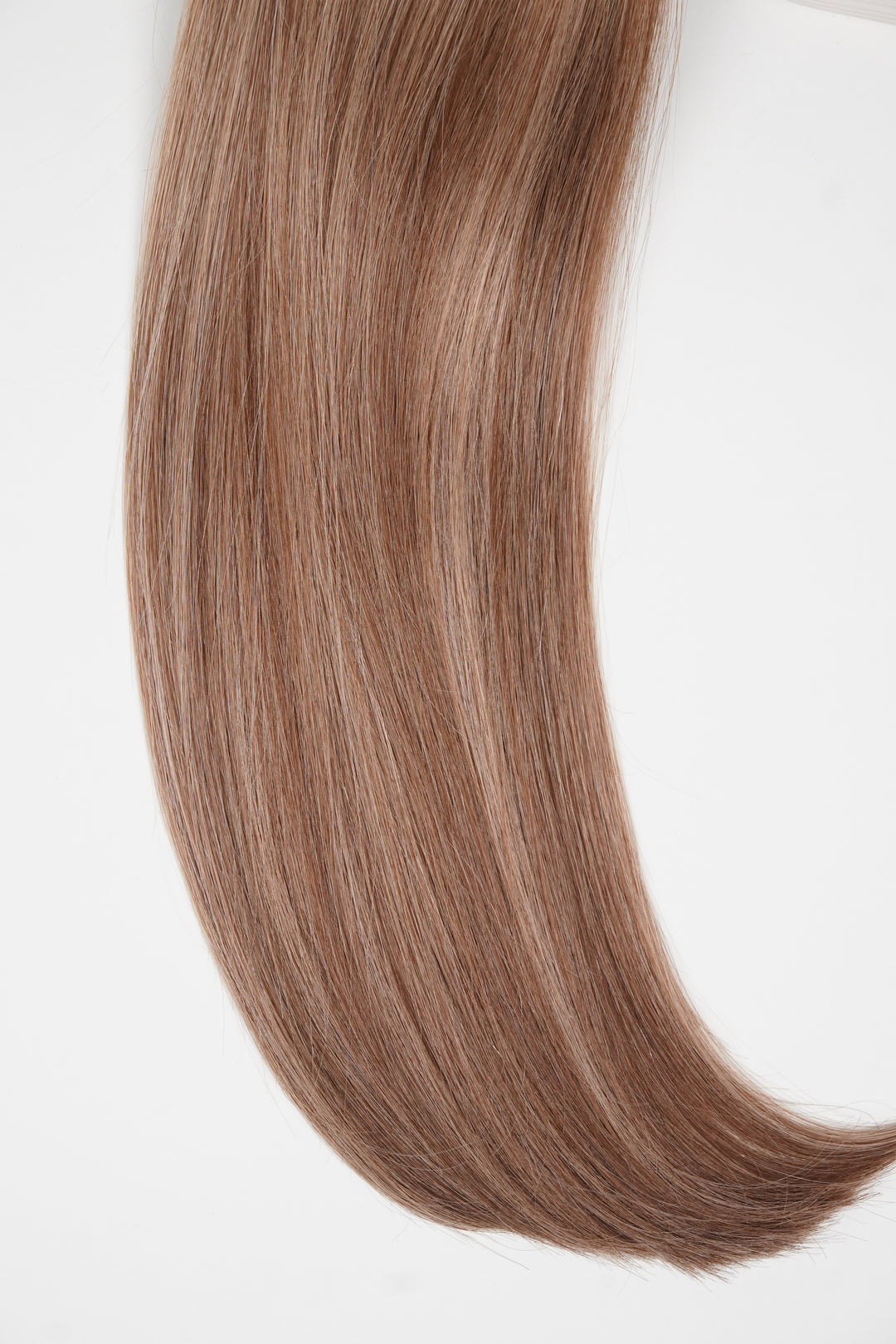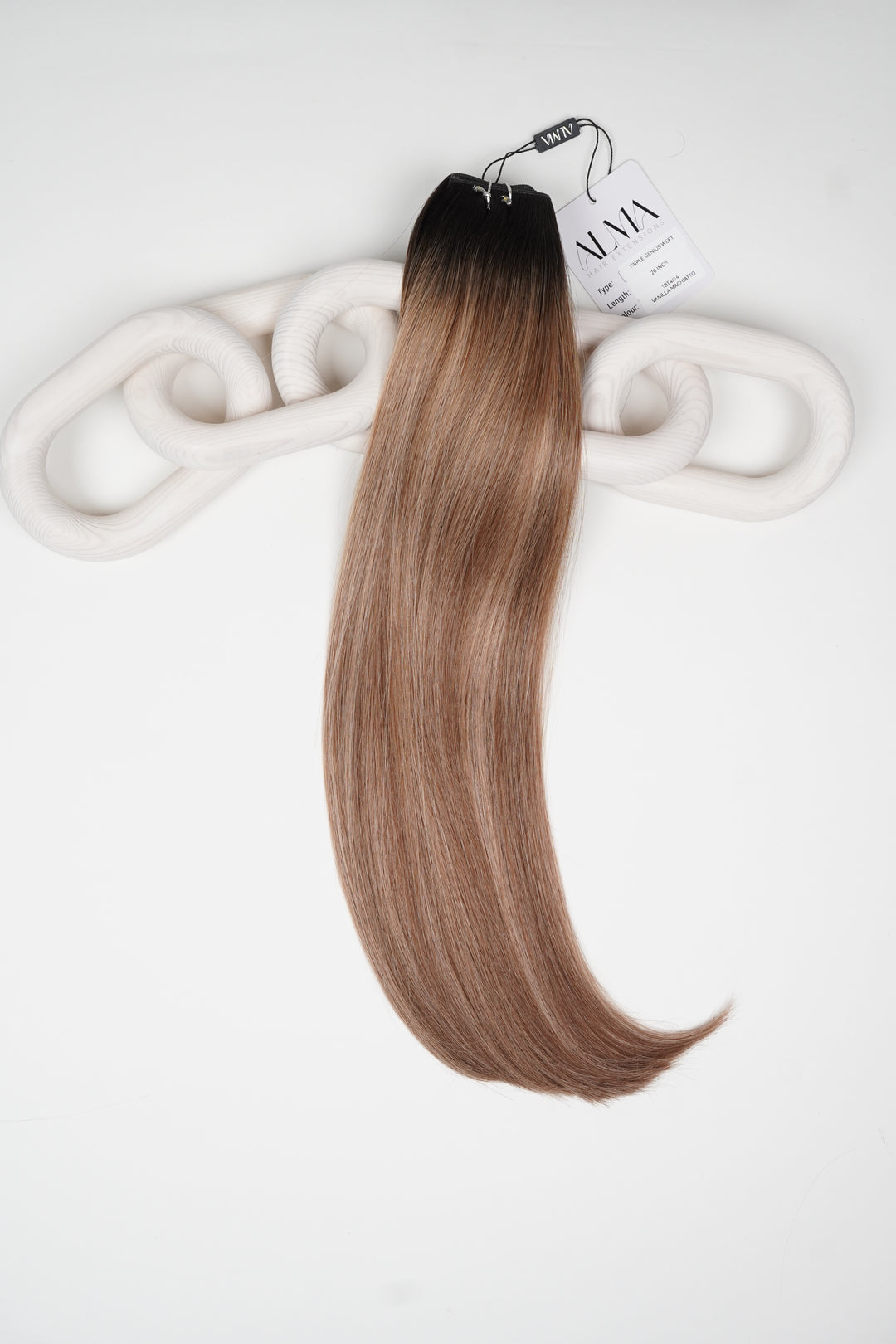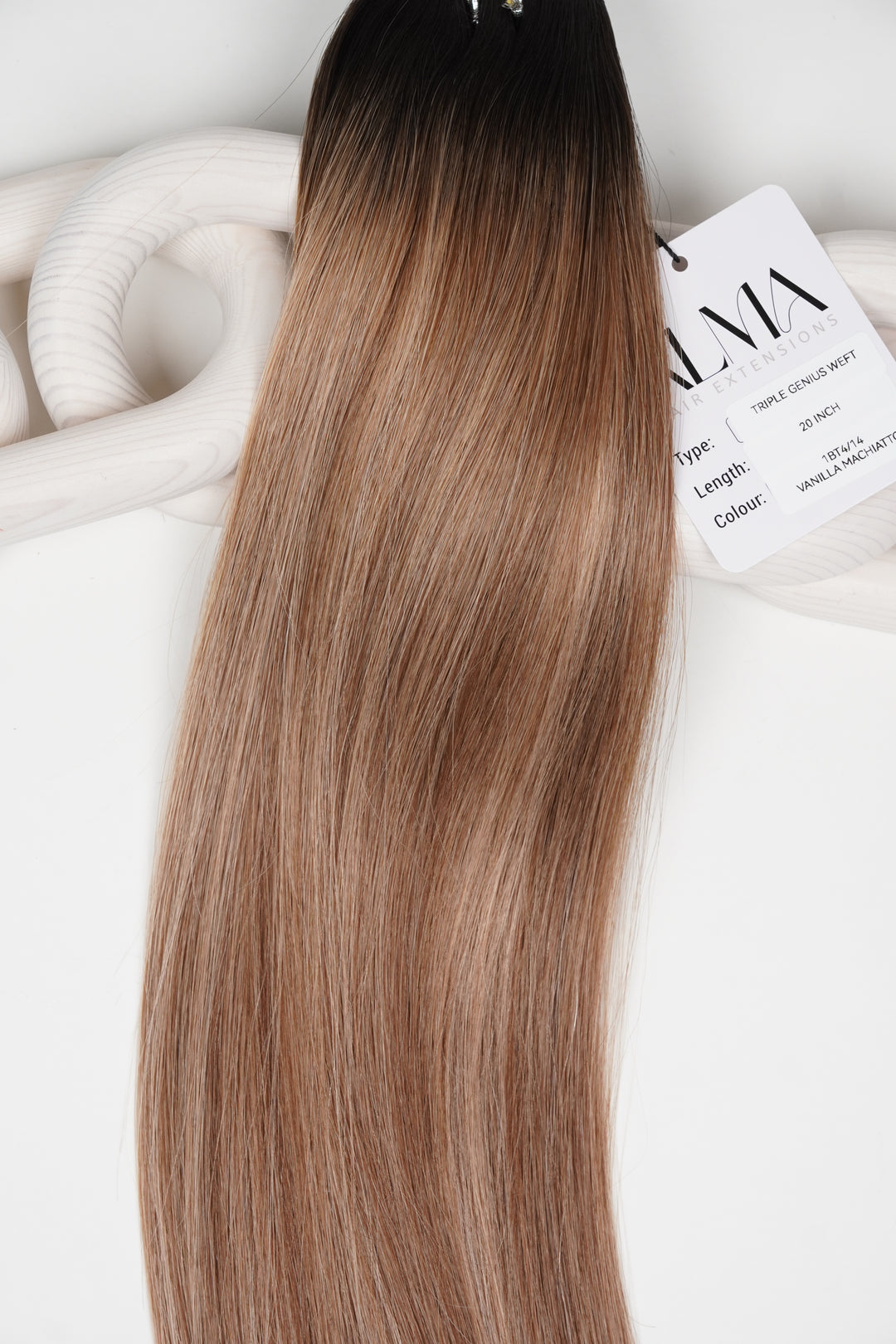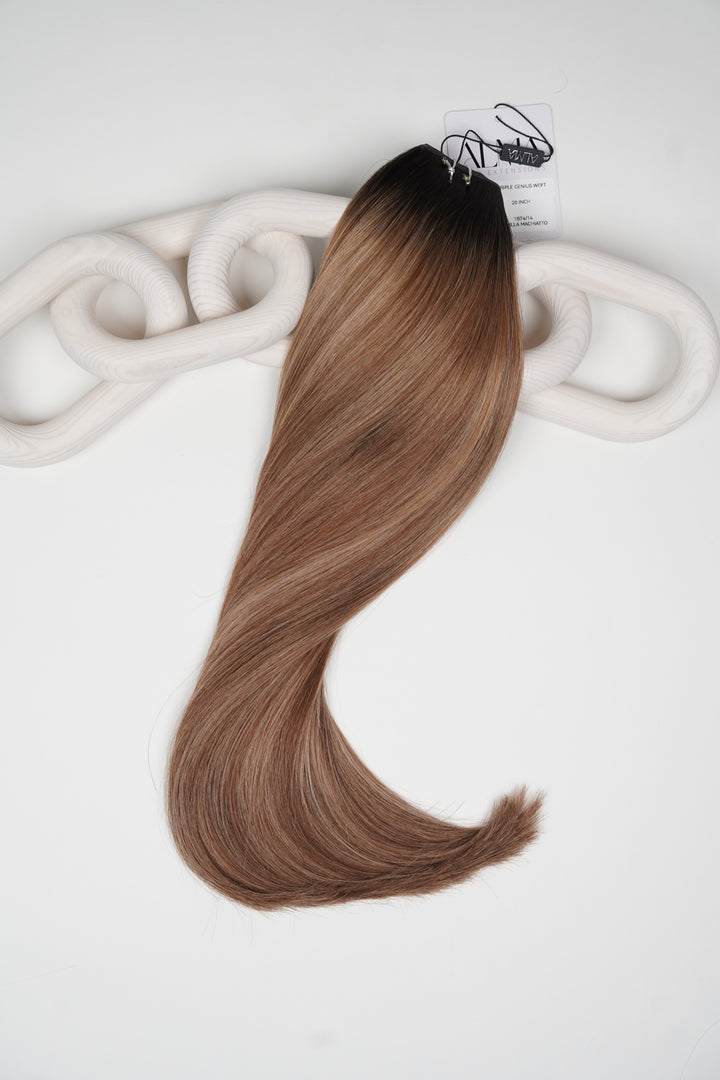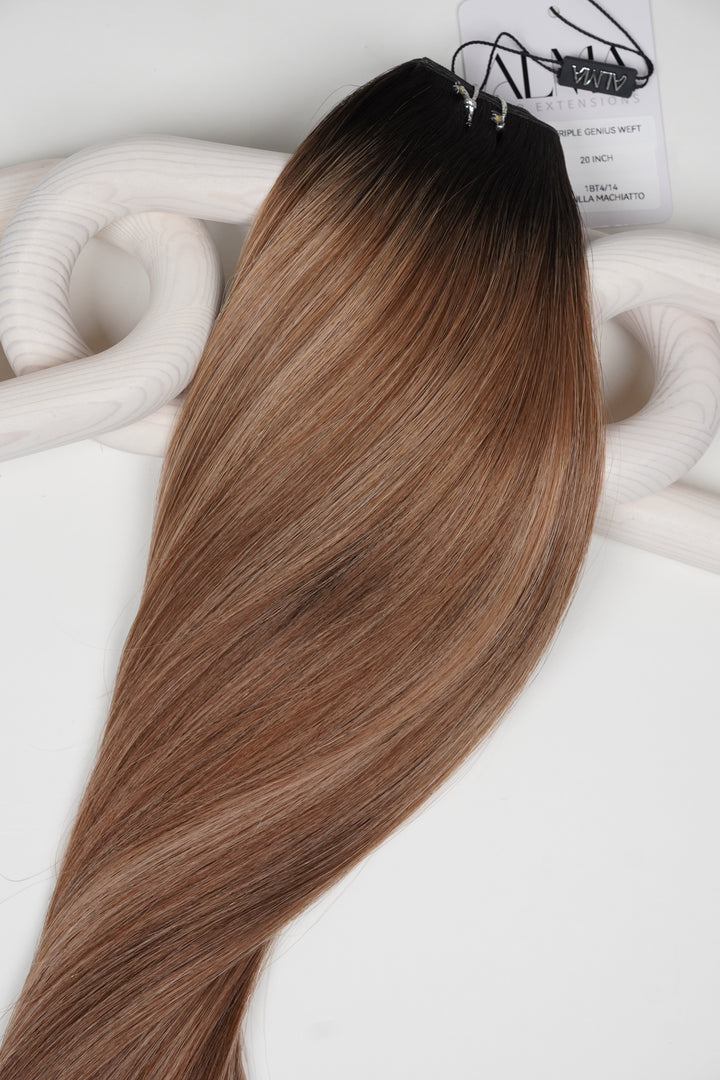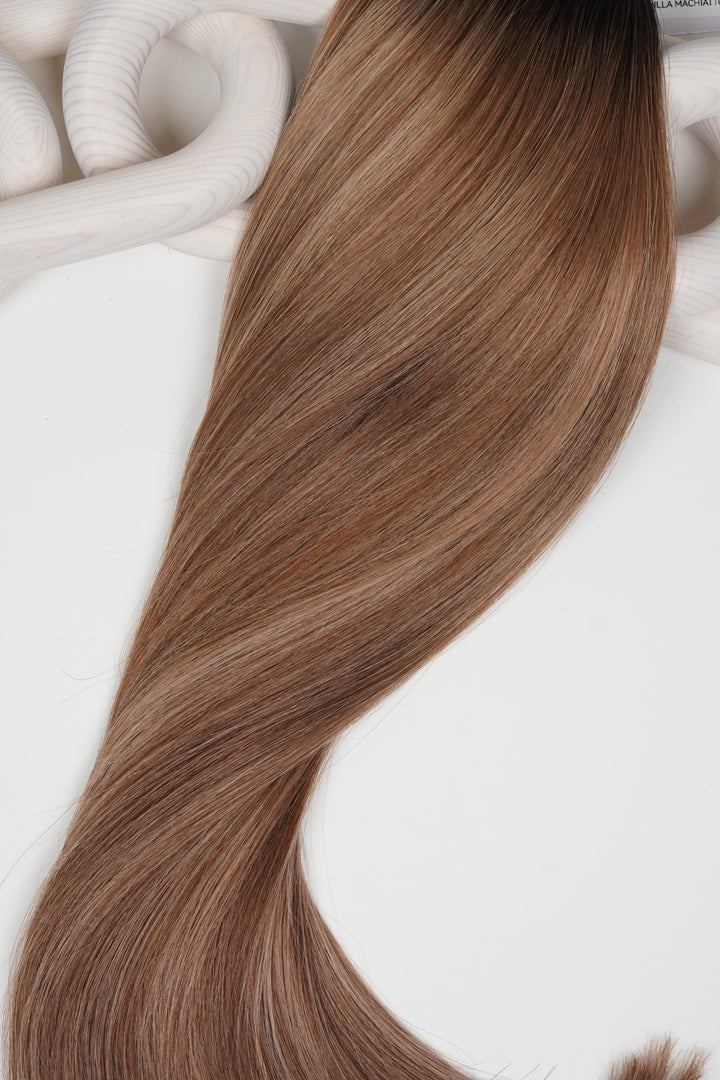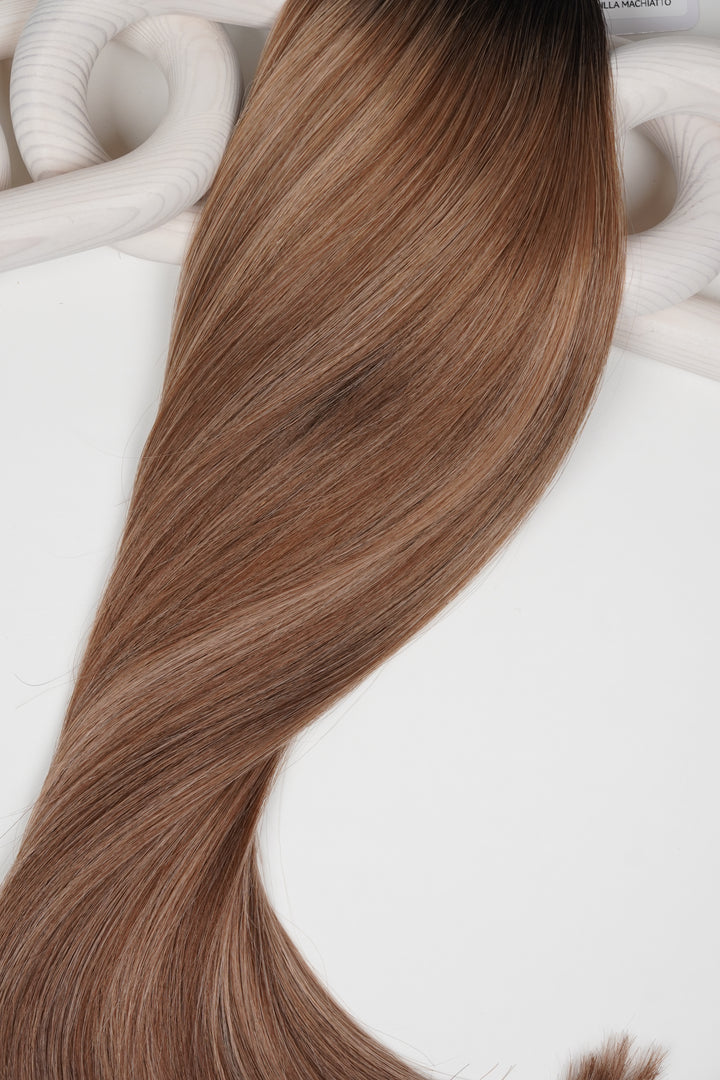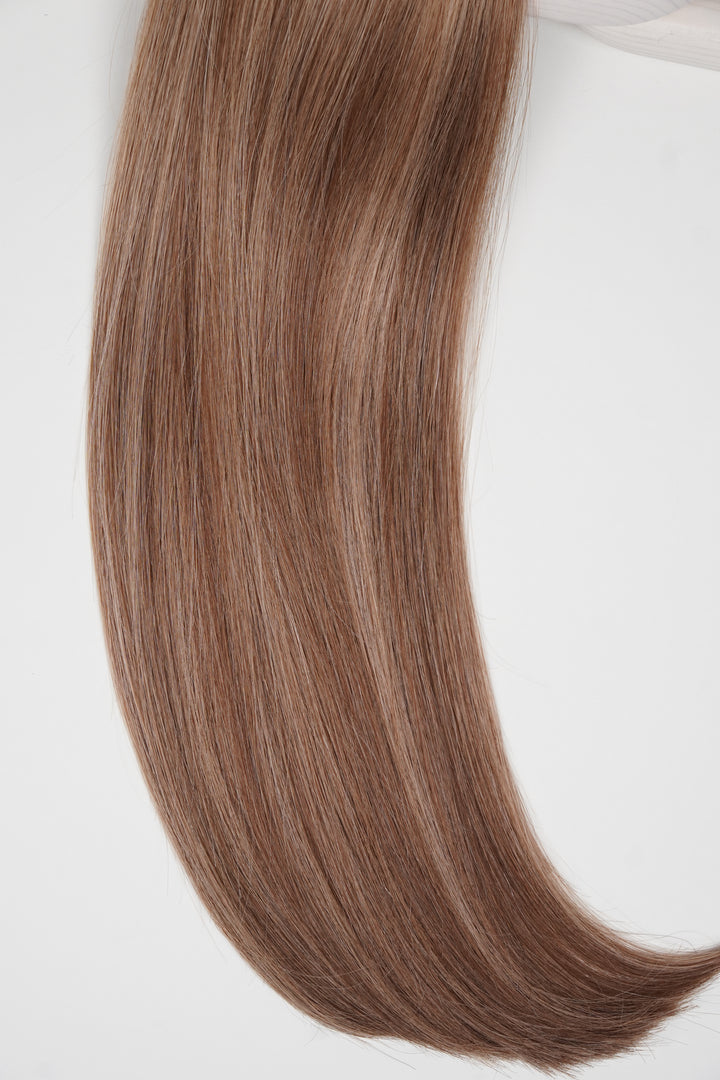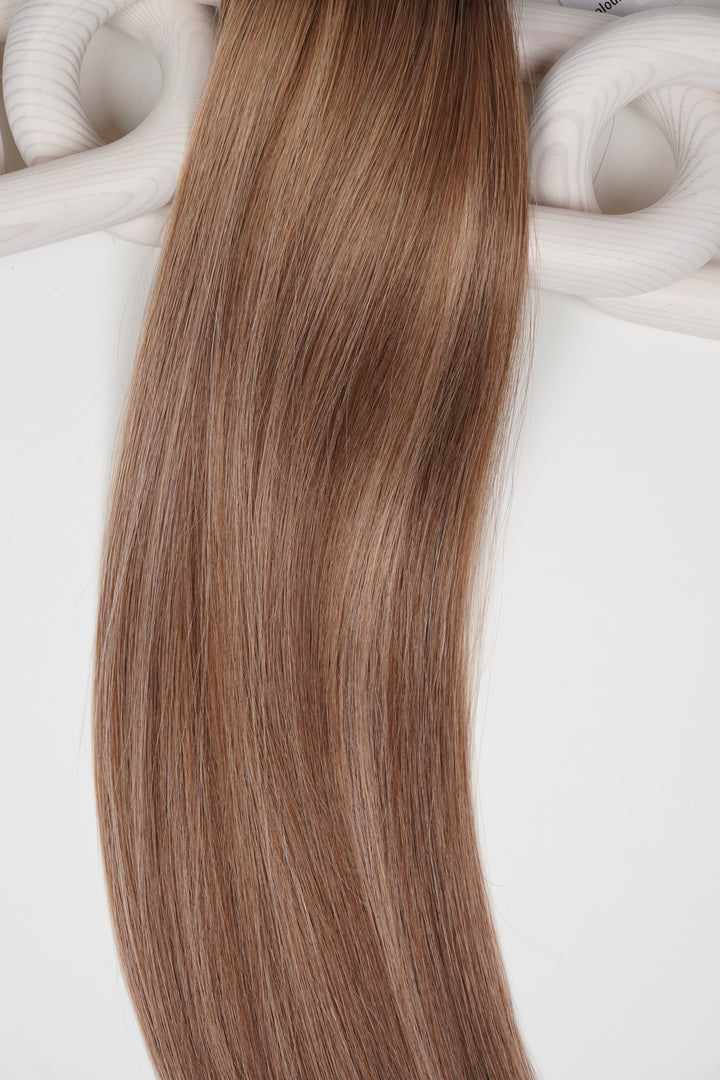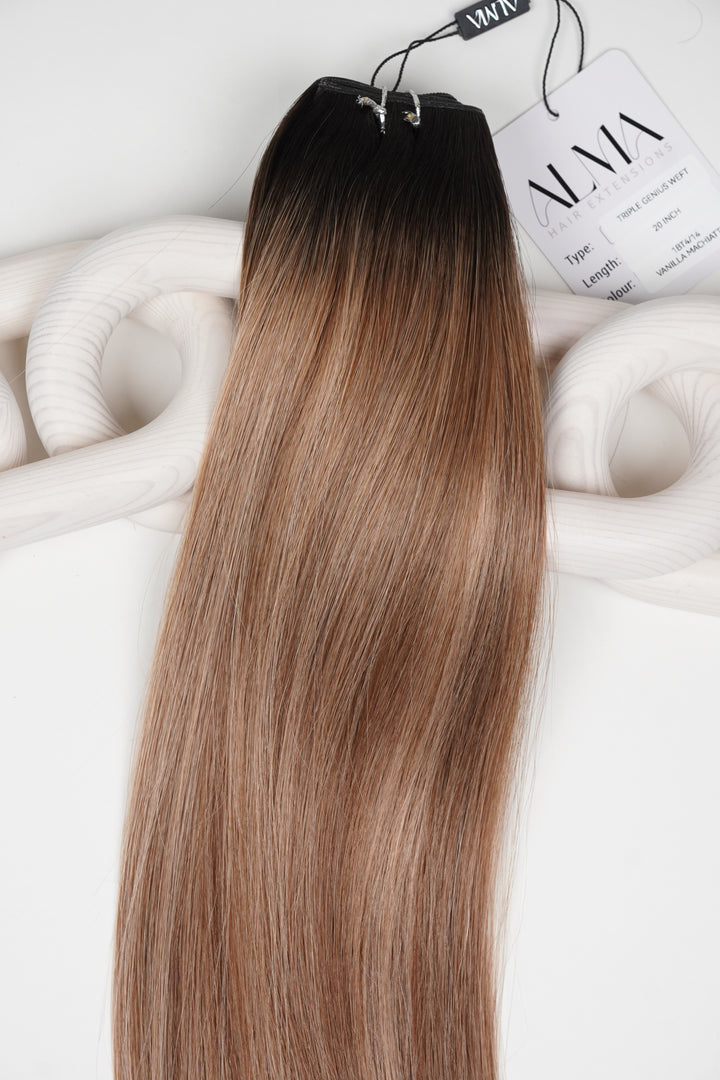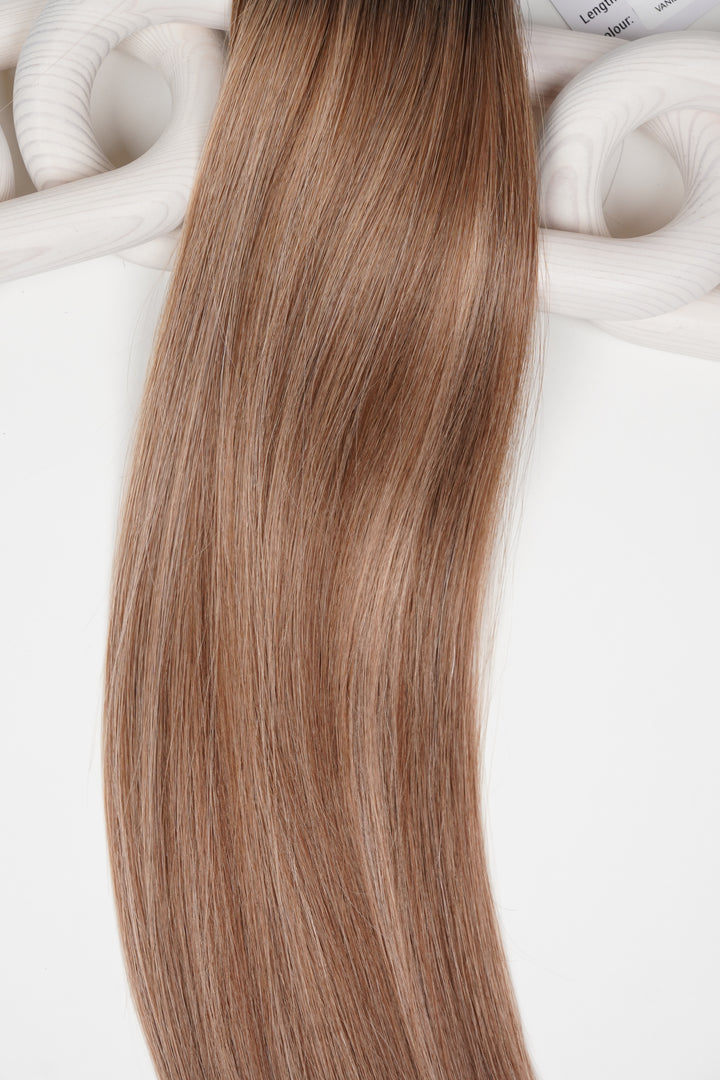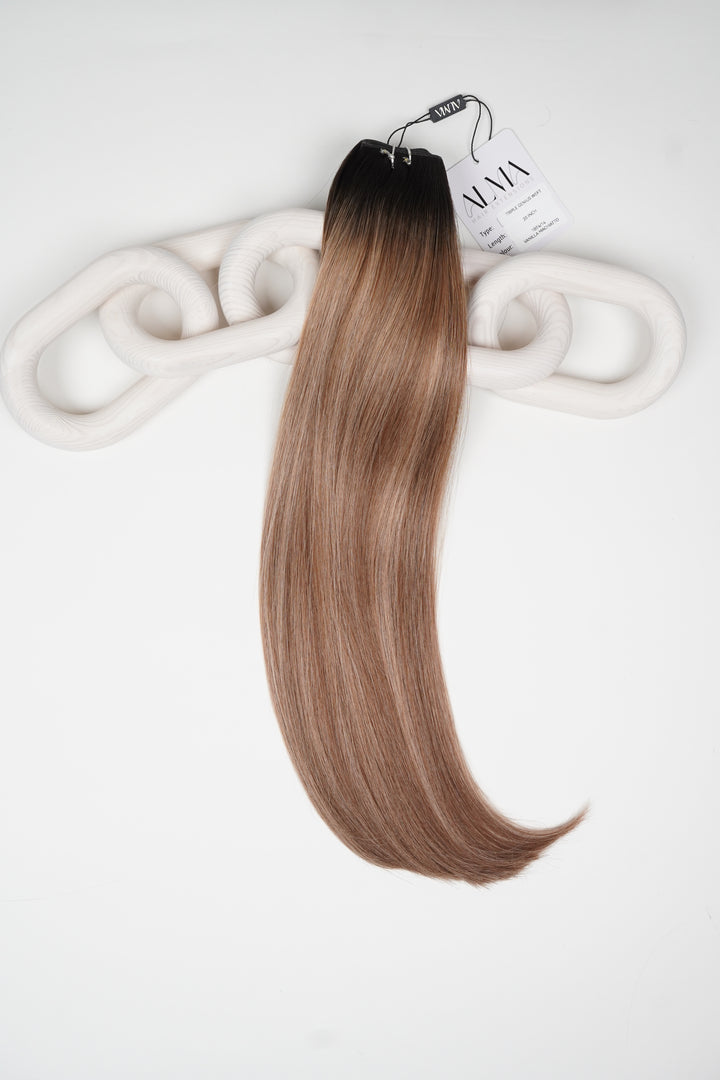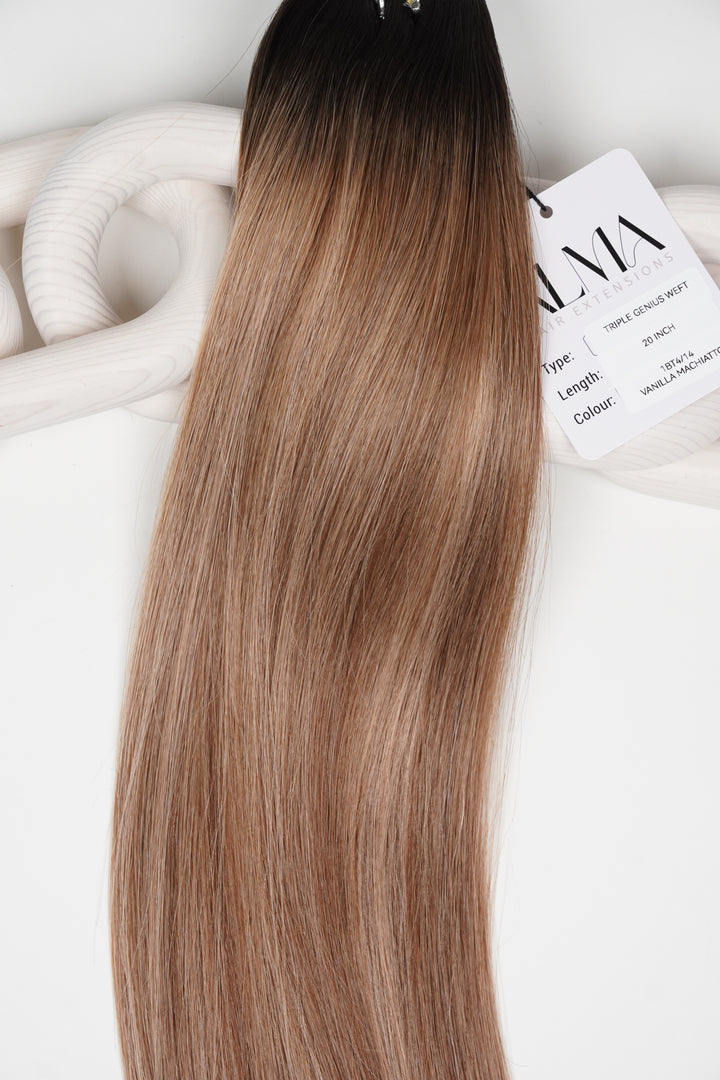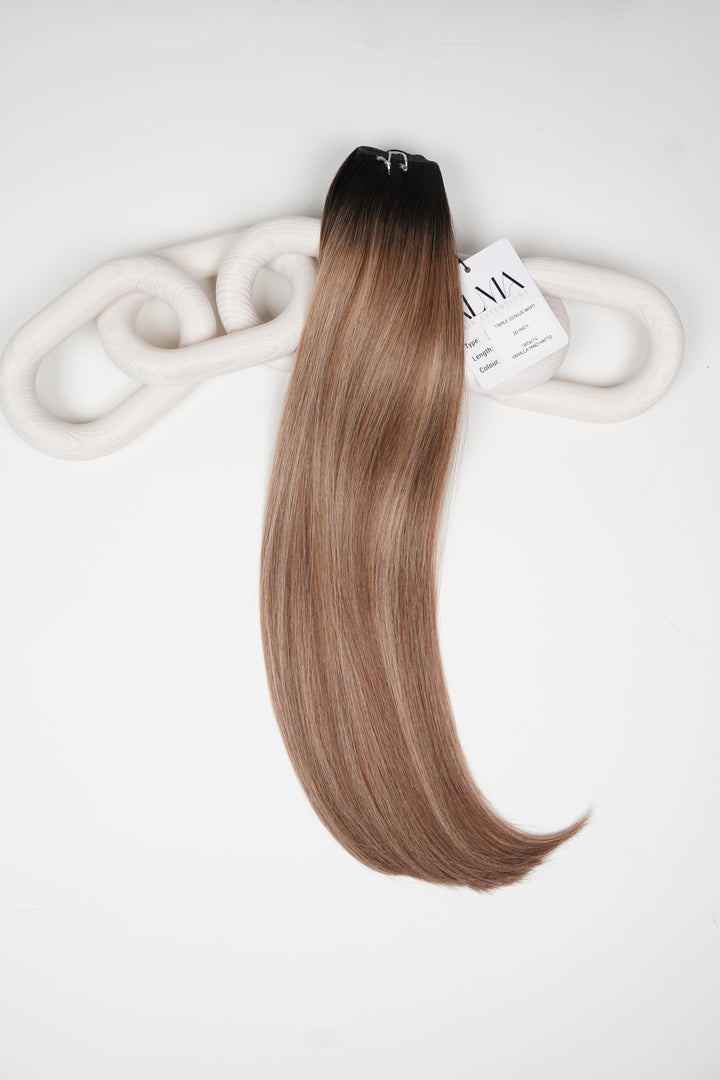Mastering the Art of Extension Tools in Hair Styling
Hair extensions can transform your look and elevate your style. However, to truly master the art of using extension tools, one must understand the variety of options available and how to utilize them effectively. In this blog, we’ll explore everything you need to know about extension tools, helping you choose the right ones for your hair styling journey.
Understanding Hair Extension Tools
Hair extension tools come in various forms, from clip-ins to tape-ins and more. Understanding the purpose of each tool is essential for achieving the best results.
Clip-in extensions are popular for their ease of use and temporary nature. They allow you to change your style without commitment. On the other hand, tape-in extensions offer a more semi-permanent solution, providing seamless blends with your natural hair. Knowing the differences will guide you in selecting what’s best for your styling needs.
Additionally, tools like micro-links and bonded extensions provide unique advantages. Micro-links require no heat and can be used on various hair types, while bonded extensions offer a long-lasting hold that can withstand daily wear. Each option has its unique placement technique and maintenance requirements, making it crucial to pick wisely.
Moreover, understanding the materials used in extension tools matters, too. From human hair to synthetic fibers, each type has distinct care needs and durability. This knowledge will not only help you select quality tools but also ensure the longevity of your extensions.
Essential Tools for Application
In this section, we will discuss the essential tools needed for applying hair extensions, including brushes, glue, and specialized applicators.
First and foremost, a good quality brush designed for extensions is paramount. These brushes are typically gentle and tailored to avoid snagging while detangling. Investment in a proper brush can go a long way in extending the life of your extensions and keeping your hairstyle looking flawless.
Moreover, the application process often involves adhesive products, especially for those using tape-ins or glue-in extensions. It’s crucial to choose a high-grade adhesive to ensure a strong hold that doesn’t damage your natural hair. Using a specialized adhesive tool can also enhance precision during the application, leading to professional results.
Finally, don’t overlook the importance of protective gear. Wearing gloves while applying extensions protects both your hands and the extensions themselves from oils and dirt. A dedicated roller or crimper specifically designed for extensions can also be invaluable, allowing you to achieve various styles while minimizing strain on the extensions.
Troubleshooting Common Issues with Extension Tools
Even the best tools can present challenges. Here, we’ll address common problems people face when using extension tools and how to troubleshoot them.
One of the most frequent issues is tangling. This can happen with any type of extension, but it’s especially common with longer styles. To combat this, I recommend investing in a high-quality detangling spray and ensuring you’re using the correct brush. Brushing extensions thoroughly and carefully can prevent knots and ensure your hairstyle remains smooth and polished.
Another common complaint is the extensions feeling heavy or uncomfortable. It’s essential to ensure the sections of your hair being used for attachment are suitable for the thickness of the extensions. If they feel too tight, it might be worth reassessing the amount of hair being used or even consulting with a professional stylist to ensure comfort without compromising style.
Additionally, if your adhesive bonds are not holding well, check whether you’re following the product’s instructions closely. The type of adhesive also plays a significant role in durability. Sometimes, switching brands can make a world of difference. Remember to keep an eye on the expiration date of these products, as older adhesives may not provide the same effectiveness.
Maintenance and Care for Extension Tools
Maintaining your extension tools is crucial for longevity. Learn how to care for your tools to ensure they remain in top condition.
Regular cleaning of your brushes is essential. Create a routine of washing them in warm, soapy water to remove product buildup. Pat them dry with a towel and let them air dry fully before their next use. Neglecting this simple task can lead to hair damage and an overall decline in the quality of your extensions.
Furthermore, proper storage makes a significant difference. Keeping your extension tools organized and in a safe place prevents them from getting damaged. Use tool rolls or dedicated drawers to avoid tangles or punctures. Remember that environment affects your tools, too—too much heat or humidity can degrade the quality of adhesive and other materials.
Lastly, get into the habit of checking your tools frequently for signs of wear. If you notice frayed edges, discolored adhesive, or any other signs of damage, it’s best to replace them. This proactive approach not only ensures optimal performance but also safeguards the health of your natural hair.
Creative Ways to Style with Extensions
Extensions aren’t just for length; they can add volume and color too. We’ll explore some creative styling ideas using extension tools.
One fun way to use extensions is by mixing and matching colors. This technique, often called ‘ombre’ or ‘balayage’ when done with colored extensions, can give your hair a vibrant pop without the commitment of dye. Think of bright pinks or deep blues woven through your hair to create eye-catching highlights.
Furthermore, consider using extensions for layering. This technique not only provides dimension to your hair but also enhances texture. By cutting and styling your extensions to match different lengths, you can achieve a fun, chic appearance that looks effortlessly stylish—great for day-to-night transformations.
Moreover, styling tools like curling wands or straighteners can also be used on extensions, provided they’re made from high-quality materials. Incorporating waves or sleek, straight looks can dramatically change your appearance and give you the flexibility to match any occasion. Don’t shy away from experimenting with different styles either; this is where your creativity can truly shine.
Embrace Your Hair Styling Journey
With the right extension tools and techniques at your disposal, you can create stunning hairstyles that reflect your unique personality. Remember, practice is key. So, don’t be afraid to experiment and find what works best for you. Happy styling!
